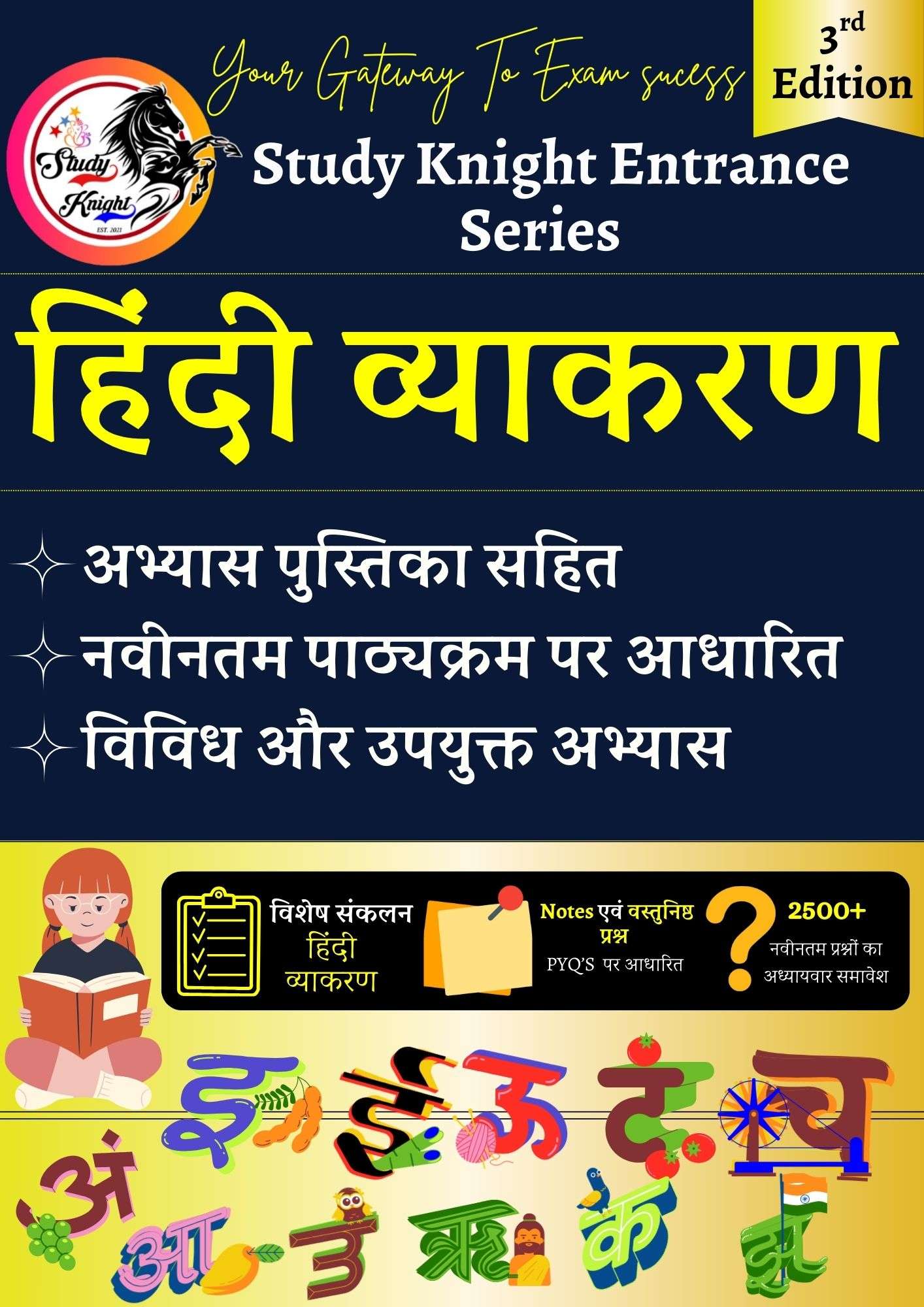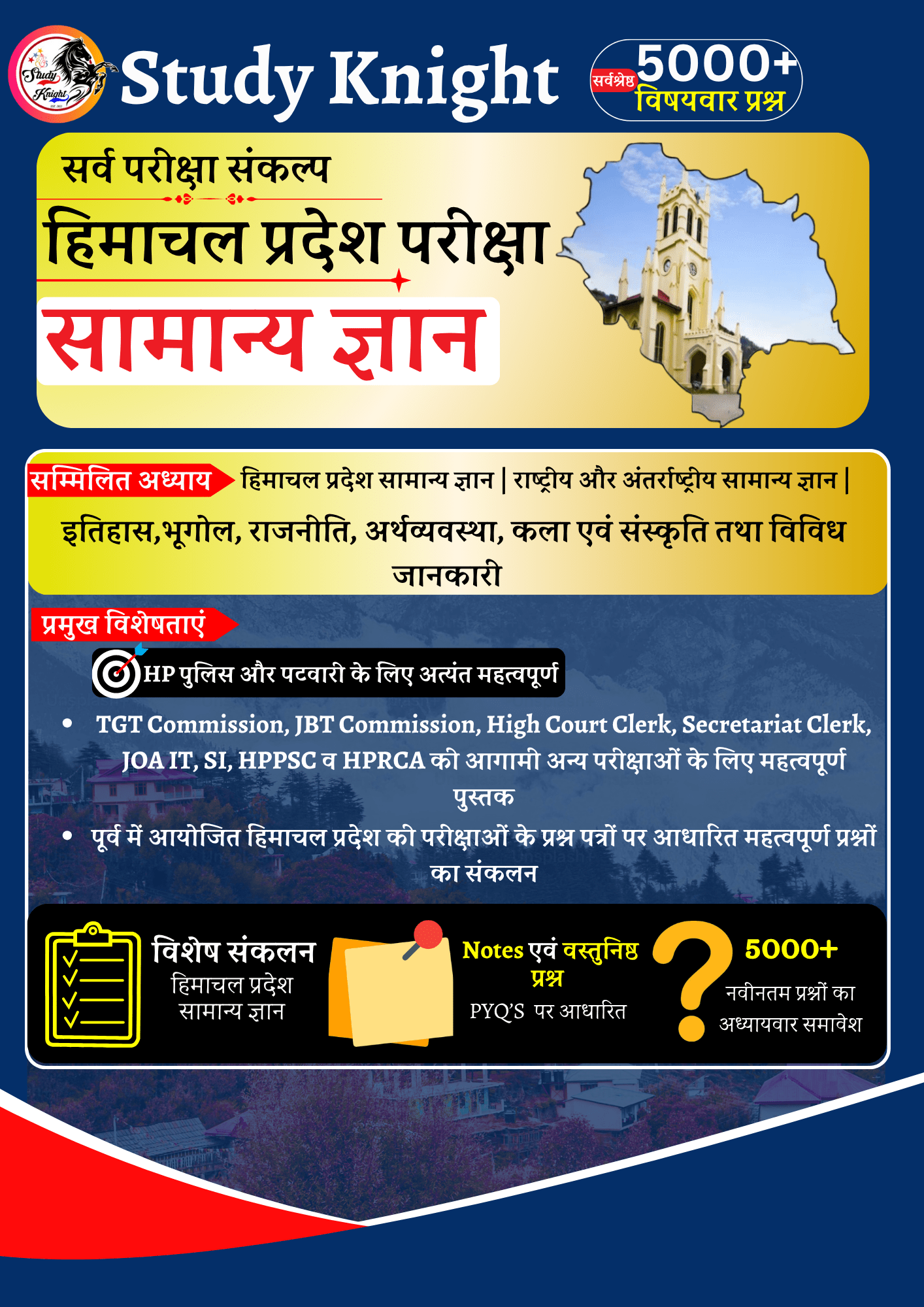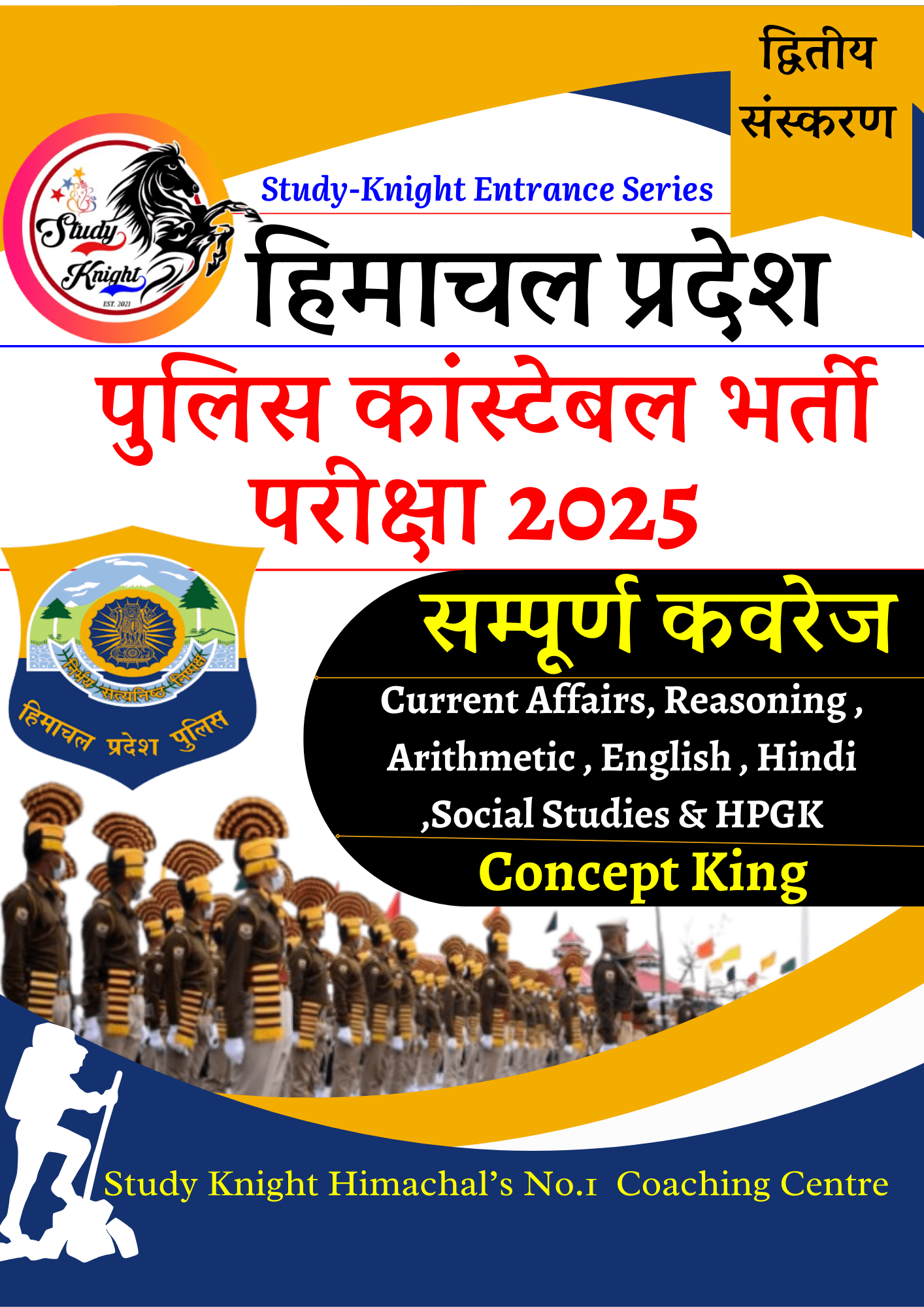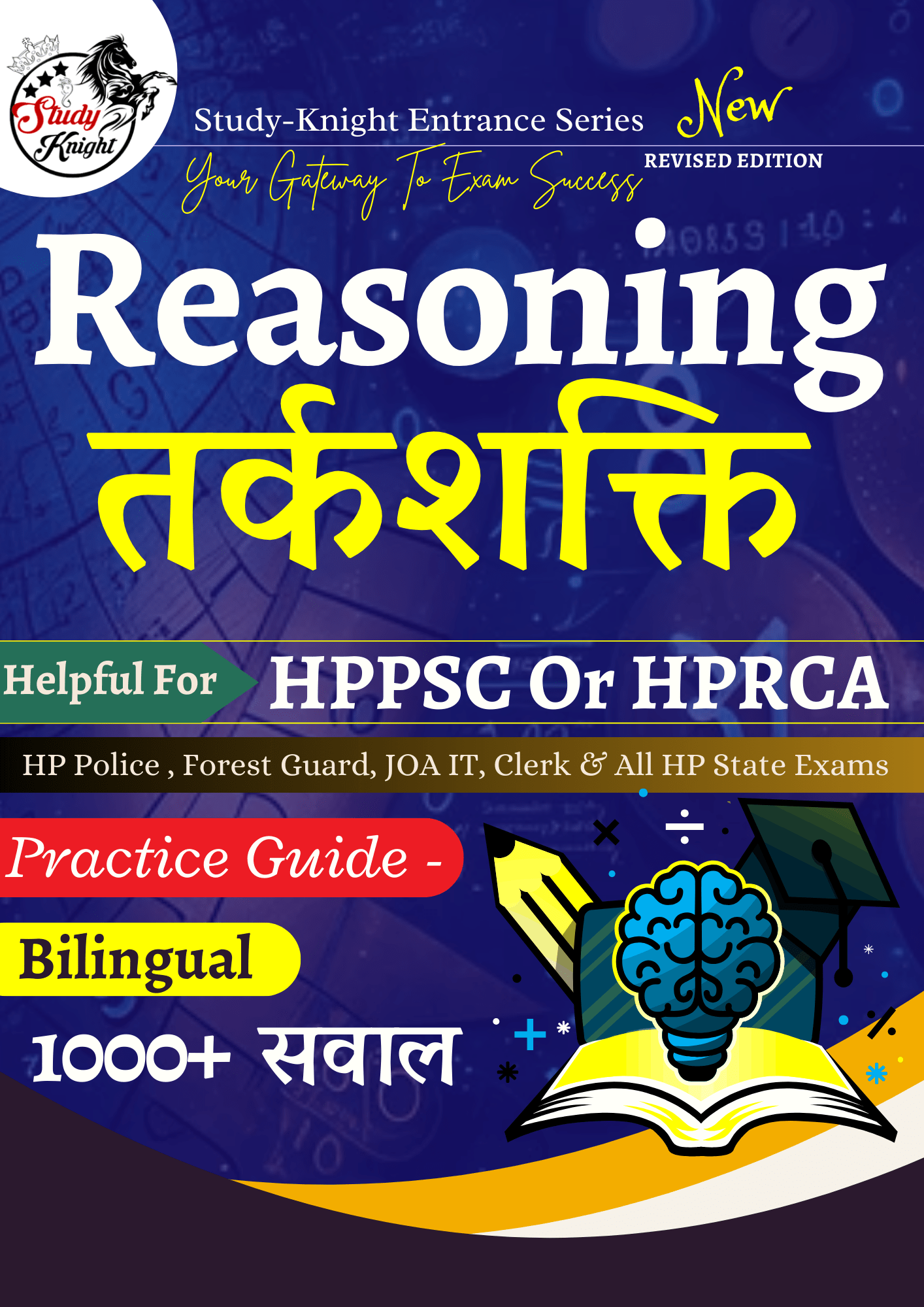Census of District Kangra 2011 in depth Overview
Highlights of Kangra District
Also Read This: Top 8 Wonders: Geographic of Kangra District: A Comprehensive Guide
1. Population and Village Count:
- Kangra district has the highest number of villages in the state, totaling 3,869.
2. Population Rank:
- It ranks 1st among the districts in terms of total population.
3. Sex Ratio:
- The district holds the 2nd position in the state for sex ratio, with 1,012 females per 1,000 males, compared to the state average of 972 females per 1,000 males.
4. Working Force:
- Kangra district ranks 1st in terms of working force, with a total of 675,170 workers out of 3,559,422 working persons in the state.
5. Decadal Population Growth:
- It stands 5th in terms of decadal population growth (2001-2011) with a rate of 12.8%, compared to the state average of 12.9%.
6. Population Density:
- Kangra district has a population density of 263 persons per sq.km., placing it 5th in the state.
7. Literacy Rate:
- It ranks 1st among the districts in terms of the literate population, with 1,152,640 literates.
8. Scheduled Tribe Population:
- The district is 2nd in the state for Scheduled Tribe population, with 84,564 persons.
9. Economy:
- Kangra’s economy is largely dependent on agriculture, with 303,007 persons listed as cultivators, ranking it 2nd in the state.
10. Infrastructure:
- All inhabited villages in Kangra district have access to electricity and potable drinking water.
11. Tourist Destinations:
- The district is known for its popular tourist spots, including Dharamsala, Kangra, Palampur, Baijnath, Jawalamukhi, and Masroor.
12. International Fame:
- McLeodganj in Dharamsala, home to His Holiness the Dalai Lama, has gained international fame since 1966.
13. Educational Institution:
- The Central University of Himachal Pradesh was established in Dharamsala on March 20th, 2009, under the Central University Act 2009 (No. 25 of 2009) of the Indian Parliament.
10 multiple-choice questions (MCQs) based on the information provided about Kangra district:
Demography
- Area: 5739 Sq.Km.
- Total Population: 15,100,75
- Number of Blocks: 15
- Number of Tehsils and Sub-Tehsils: 39
- Number of Villages: 3906
- Number of Municipal Corporations: 2
- Number of Gram Panchayats: 814
- Number of Municipalities: 6
- Number of Nagar Panchayats: 3
Population Comparison
| Description | 2011 | 2001 |
|---|---|---|
| Actual Population | 1,510,075 | 1,339,030 |
| Male | 750,591 | 661,254 |
| Female | 759,484 | 677,776 |
| Population Growth | 12.77% | 14.05% |
| Area Sq. Km | 5,739 | 5,739 |
| Density/km² | 263 | 233 |
| Proportion to Himachal Pradesh Population | 22.00% | 22.03% |
| Sex Ratio (Per 1000) | 1012 | 1025 |
| Child Sex Ratio (0-6 Age) | 876 | 836 |
| Average Literacy | 85.67% | 80.08% |
| Male Literacy | 91.49% | 87.54% |
| Female Literacy | 80.02% | 73.01% |
| Total Child Population (0-6 Age) | 164,607 | 164,566 |
| Male Population (0-6 Age) | 87,741 | 89,635 |
| Female Population (0-6 Age) | 76,866 | 74,931 |
| Literacy Rate (Total) | 1,152,640 | 940,505 |
| Male Literates | 606,443 | 500,383 |
| Female Literates | 546,197 | 440,122 |
| Child Proportion (0-6 Age) | 10.90% | 12.29% |
| Boys Proportion (0-6 Age) | 11.69% | 13.56% |
| Girls Proportion (0-6 Age) | 10.12% | 11.06% |
Urban and Rural Population Breakdown
| Description | Rural | Urban |
|---|---|---|
| Population (%) | 94.29% | 5.71% |
| Total Population | 1,420,864 | 86,359 |
| Male Population | 703,276 | 45,283 |
| Female Population | 717,588 | 41,076 |
| Sex Ratio | 1020 | 907 |
| Child Sex Ratio (0-6) | 875 | 840 |
| Child Population (0-6) | 153,161 | 7,704 |
| Male Child (0-6) | 81,700 | 4,188 |
| Female Child (0-6) | 71,461 | 3,516 |
| Child Percentage (0-6) | 10.78% | 8.92% |
| Male Child Percentage | 11.62% | 9.25% |
| Female Child Percentage | 9.96% | 8.56% |
| Literates | 1,097,080 | 67,381 |
| Male Literates | 576,989 | 36,292 |
| Female Literates | 546,197 | 31,089 |
| Average Literacy | 86.54% | 85.67% |
| Male Literacy | 92.83% | 88.31% |
| Female Literacy | 80.49% | 82.77% |
Q.1 In the 2011 census, what was the total population of Kangra District?
A. 1,339,030
B. 1,510,075
C. 1,670,000
D. 1,420,864
Answer: B. 1,510,075
Explanation: The total population of Kangra District in the 2011 census was 1,510,075.
Q.2 What was the male literacy rate in Kangra District according to the 2011 census?
A. 91.49%
B. 87.54%
C. 85.67%
D. 80.02%
Answer: A. 91.49%
Explanation: The male literacy rate in Kangra District in 2011 was 91.49%.
Q.3 How many people lived without a roof in Kangra District during the 2011 census?
A. 752
B. 1,000
C. 1,200
D. 500
Answer: A. 752
Explanation: In 2011, 752 people in Kangra District lived without a roof.
Q.4 What was the female literacy rate in Kangra District according to the 2001 census?
A. 80.02%
B. 73.01%
C. 85.67%
D. 87.54%
Answer: B. 73.01%
Explanation: The female literacy rate in Kangra District in 2001 was 73.01%.
Q.5 What percentage of the Kangra District population in 2011 were Hindus?
A. 96.76%
B. 1.31%
C. 0.20%
D. 0.96%
Answer: A. 96.76%
Explanation: In 2011, 96.76% of Kangra District’s population were Hindus.
Q.6 What was the child sex ratio in Kangra District according to the 2011 census?
A. 876 girls per 1000 boys
B. 836 girls per 1000 boys
C. 850 girls per 1000 boys
D. 890 girls per 1000 boys
Answer: A. 876 girls per 1000 boys
Explanation: The child sex ratio in Kangra District in 2011 was 876 girls per 1000 boys.
Q.7 According to the 2011 census, what was the average literacy rate in Kangra District?
A. 85.67%
B. 80.08%
C. 86.54%
D. 90.00%
Answer: A. 85.67%
Explanation: The average literacy rate in Kangra District in 2011 was 85.67%.
Q.8 How many children aged 0-6 were there in Kangra District in 2011?
A. 164,607
B. 164,566
C. 160,000
D. 170,000
Answer: A. 164,607
Explanation: In 2011, there were 164,607 children aged 0-6 in Kangra District.
Q.9 What was the population density of Kangra District in 2011?
A. 263 people per sq. km
B. 233 people per sq. km
C. 250 people per sq. km
D. 270 people per sq. km
Answer: A. 263 people per sq. km
Explanation: The population density of Kangra District in 2011 was 263 people per sq. km.
Q.10 What was the proportion of Kangra District’s population to Himachal Pradesh’s population in 2011?
A. 22.00%
B. 22.03%
C. 20.50%
D. 21.00%
Answer: A. 22.00%
Explanation: In 2011, Kangra District’s population constituted 22.00% of Himachal Pradesh’s population.
Q.11 How many total literates were there in Kangra District in 2001?
A. 940,505
B. 1,152,640
C. 1,000,000
D. 950,000
Answer: A. 940,505
Explanation: In 2001, Kangra District had 940,505 literates.
Q.12 What was the urban sex ratio in Kangra District in 2011?
A. 908
B. 920
C. 900
D. 910
Answer: A. 908
Explanation: The urban sex ratio in Kangra District in 2011 was 908.
Q.13 What was the child population (0-6 age) proportion in Kangra District in 2011?
A. 10.90%
B. 12.29%
C. 11.00%
D. 9.00%
Answer: A. 10.90%
Explanation: The child population proportion (0-6 age) in Kangra District in 2011 was 10.90%.
Q.14 What was the total population of Kangra District projected to be in 2023?
A. 1,700,000
B. 1,680,000
C. 1,710,000
D. 1,720,000
Answer: A. 1,700,000
Explanation: The projected population of Kangra District in 2023 was 1,700,000.
Q.15 How many Municipal Corporations were there in Kangra District as per the provided data?
A. 2
B. 3
C. 4
D. 6
Answer: A. 2
Explanation: There were 2 Municipal Corporations in Kangra District.
Q.16 What was the proportion of female literates in Kangra District in 2011?
A. 80.02%
B. 73.01%
C. 85.67%
D. 75.00%
Answer: A. 80.02%
Explanation: The female literacy rate in Kangra District in 2011 was 80.02%.
Q.17 What percentage of Kangra District’s total population lived in urban areas in 2011?
A. 5.71%
B. 10.90%
C. 8.00%
D. 6.50%
Answer: A. 5.71%
Explanation: In 2011, 5.71% of Kangra District’s population lived in urban areas.
Q.18 What was the average literacy rate in Kangra District in 2001?
A. 80.08%
B. 85.67%
C. 78.00%
D. 83.00%
Answer: A. 80.08%
Explanation: The average literacy rate in Kangra District in 2001 was 80.08%.
Q.19 How many Buddhist individuals were recorded in Kangra District in the 2011 census?
A. 14,511
B. 10,000
C. 12,000
D. 15,000
Answer: A. 14,511
Explanation: In 2011, there were 14,511 Buddhists in Kangra District.
Q.20 How many people were projected to live in Kangra District in 2025?
A. 1,720,000
B. 1,710,000
C. 1,730,000
D. 1,740,000
Answer: A. 1,720,000
Explanation: The projected population of Kangra District in 2025 was 1,720,000.











